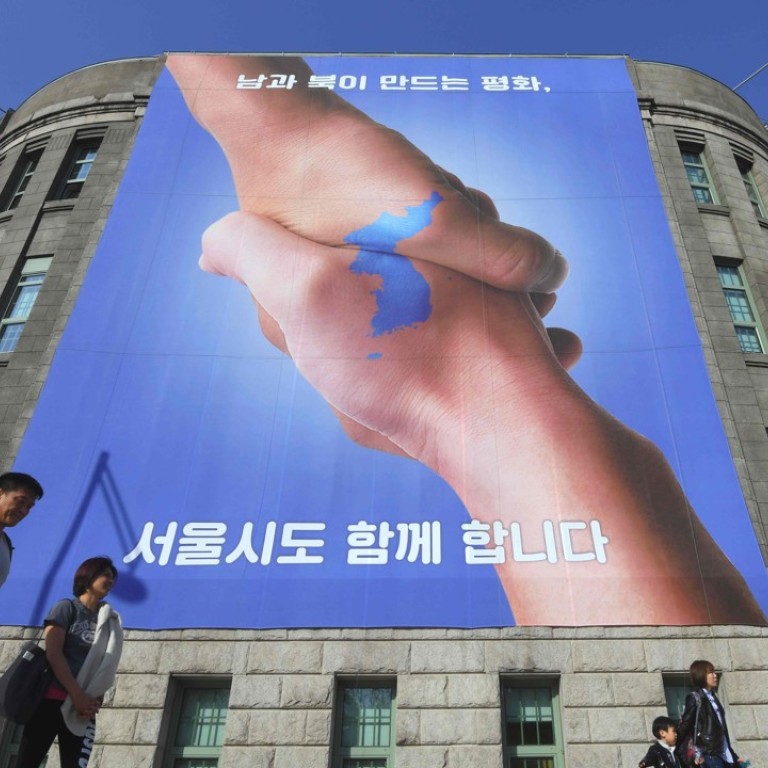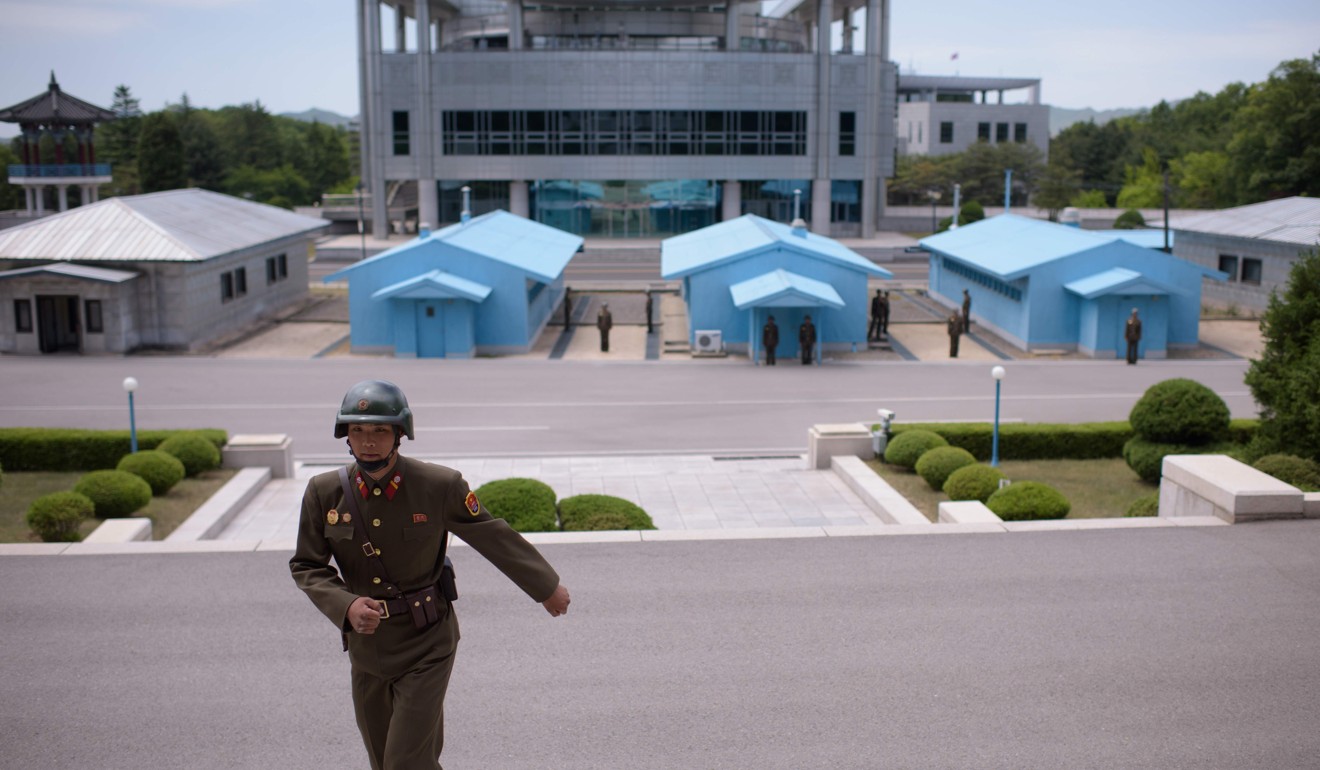
Can the Korea summit move closer towards an end to hostilities lacking since 1953?
Incidents continued after past agreements between North and South Korea, but this time the will may exist to move nearer to a workable peace
As North Korean leader Kim Jong-un prepares to cross the border to the South for talks, there is hope that a peace agreement may emerge after decades of on-off hostility.
North Korea’s nuclear weapons will be high on the agenda for the summit, for which the North Korean leader will cross the border as a gesture of reconciliation. The two Koreas will also discuss how to formally end the Korean war.
Although a formal peace treaty is unlikely, the countries may work on a peace agreement that imposes stronger restrictions on military action, according to a diplomatic observer.
The war, which caused the loss of millions of lives from 1950 to 1953, was not officially ended. Still technically at war, North and South share a vulnerable truce that relies on a 1953 armistice.
The war broke out in June 1950 when the North invaded the South. A US-led coalition that September, under the name of the United Nations, and China in October, backed by the Soviet Union, sent troops in support of their allies, South Korea and North Korea respectively.
A ceasefire was reached after a stalemate around the 38th parallel, the countries’ original partition line after the second world war, near which the Military Demarcation Line (MDL) and the Korean demilitarised zone (DMZ) were established.
The Korean Armistice Agreement had only three signatories: China, North Korea and the United States representing the UN Command. No South Korea representative signed the deal.

An armistice means only a cessation of fight rather than a settlement for lasting peace.
Kim Soong-bae, a research fellow at Yonsei Institute of North Korean Studies in Seoul, said a peace treaty usually requires both parties to agree on specifying the party responsible for the war.
“North Korea is not likely to admit its responsibility in the Korean war and thus a peace treaty is not likely to be agreed between the two Koreas,” Kim said, adding that a peace agreement that imposes restrictions on military action may be discussed.
A peace agreement would still function to provide legal restrictions to end the hostility, he said.
“Breaching the peace agreement may mean an outbreak of war,” Kim said.
There was hostility after the signing of the armistice. Noticeable conflicts included an attempt to assassinate South Korean President Park Chung-hee in 1968, the axe attack that killed two US Army officers in the DMZ in 1976, and the bombing of Korean Air Flight 858 in 1987 in which 115 people were killed.
The two nations signed the Agreement on Non-Aggression, Reconciliation, Exchange and Cooperation in 1991, but military tensions continued after the agreement, which lacked legal responsibilities for both parties.
After the 2010 sinking of the South Korean warship Cheonan, near Baengnyeong Island in the Yellow Sea, relations deteriorated and Kaesong Industrial Complex – the Koreas’ joint industrial zone located in North Korea, which was the last remaining symbol of inter-Korean cooperation – was shut in 2016.
South Korean President Moon Jae-in said last week “the signing of a peace agreement” must be pursued, but he did not specify whether the agreement would be in the form of a treaty.
China has said it supports a peace treaty and has offered to help with mediation.
Sun Xingjie, a Korean affairs expert from Jilin University, said the talks were only the first step in a long and difficult process to formally end the war.
Steve Tsang, director of the SOAS China Institute in London, said the best outcome for Beijing is not necessarily the signing of a peace treaty but a peace process that ensures it a pivotal role.
“If this turns out to be a lengthy process, it will work even better for Beijing because it will confirm the important role it plays,” he said.
“I don’t see North Korea being willing to deliver that for Beijing’s benefit, though. From Beijing’s perspective, if that is not achievable, it will still be a good outcome if the Korean peninsula situation can be contained, so that it will not escalate into any kind of military confrontation.”


